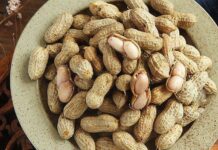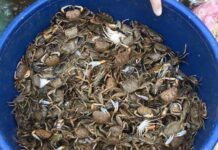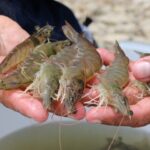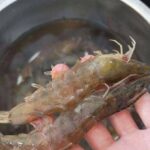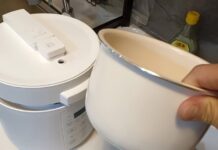Shrimp is a nutritious and valuable seafood delicacy, but purchasing shrimp that has been injected with chemicals, is stale, or has been frozen for a long period can result in economic loss and potential health risks.
The key to making the right choice lies in observing their physical characteristics, as these indicate whether the shrimp are of good quality or have been pumped with fillers.
1. Observe whether the shrimp’s tail fans out or curls up
A small but crucial detail to determine the shrimp’s quality is the position of its tail. Typically, fresh and clean shrimp have curled tails. On the other hand, shrimp that have been injected with chemicals or fillers to increase their weight will have tails that fan out due to the internal pressure of the added substances.
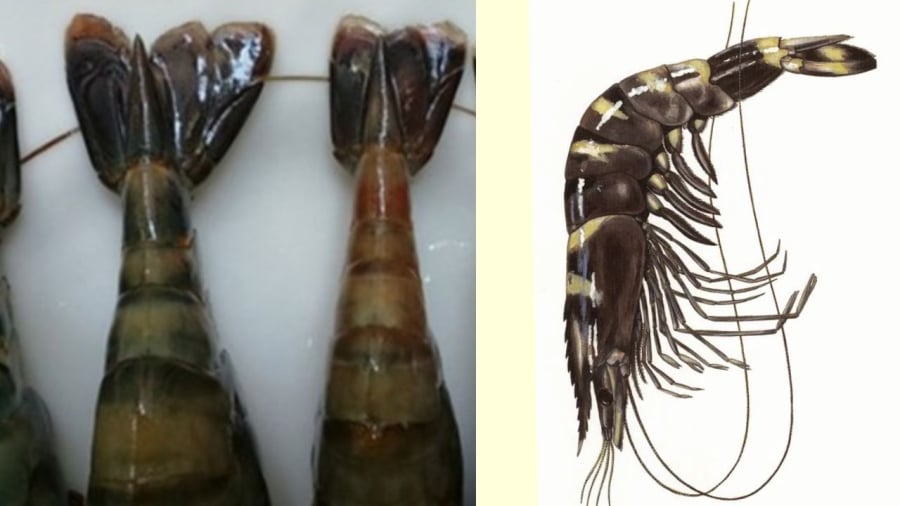
Hence, pay close attention to the shrimp’s tails when making a purchase. There have been numerous media reports about shrimp being injected with fillers to increase their weight. Such practices not only affect the taste but also pose potential health risks due to bacterial contamination.
2. Straight or curved body – which indicates freshness?
When shrimp are alive, their muscles are constantly active, allowing them to jump vigorously. If they are subjected to any impact, their natural reflex is to curl up. In contrast, shrimp that have been dead for a prolonged period or have been frozen tend to have straight bodies. When the shrimp’s muscles lose their elasticity, the body remains rigid and straight, lacking the natural curve of live shrimp.
Additionally, straight-bodied shrimp often have a strong putrid odor, a bland taste, and mushy texture. On the other hand, live shrimp or those freshly caught have naturally curved bodies, firm meat, and retain their characteristic sweet taste. They remain chewy and have a more pleasant aroma when cooked.
Opt for shrimp with curved bodies, indicating that they are fresh or, at the very least, recently deceased.
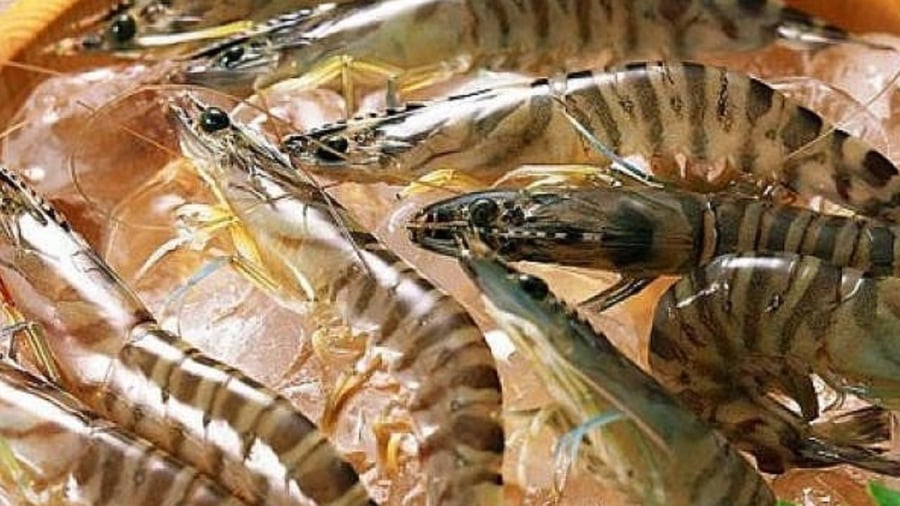
3. Avoid shrimp with detached heads
One of the most noticeable signs of stale shrimp is the detachment of their heads and tails. Shrimp that have gone bad or been stored for an extended period tend to have loose heads and tails due to the breakdown of the connective tissues at the joints. To conceal the fact that the shrimp are not fresh, sellers often peel them, marketing them as peeled shrimp or “shrimp meat.”
If you’re buying peeled shrimp, carefully examine the base of the head, as this area tends to become mushy or rotten if the shrimp has been dead for a long time. These shrimp are usually sold at a lower price, but they lack sweetness, have a mushy texture, and emit a putrid odor. Moreover, the altered proteins in stale shrimp can generate toxins if not stored properly.
4. Shell color – don’t be tempted by unusual redness
Fresh live shrimp typically display colors such as ivory, gray, greenish, or brownish hues, depending on the species. However, if you notice abnormal red patches on the shells, exercise caution. This could indicate that the shrimp have been exposed to high temperatures, possibly due to sun exposure or improper storage without sufficient ice.
Shrimp turning red before cooking is a sign that they are no longer fresh and have lost their optimal taste. When cooked, these shrimp often lose their sweetness, become mushy, and may emit an unusual odor.
Extremely pale and dull shrimp also suggest that they have been dead for a prolonged period. Opt for shrimp with consistent shell colors, free from abnormal reddish patches.
5. Firmness test – the touch test
Another critical factor when choosing shrimp is the firmness of their meat. Fresh shrimp feel firm and taut when picked up, whereas soft and flabby shrimp are likely stale or immature.
Immature shrimp tend to have insipid meat, release water during cooking, and become mushy. Stale shrimp not only lose their taste but also pose potential health risks.
If the shell feels tight but the meat lacks firmness and the tail fans out, it could indicate that the shrimp have been injected with fillers, resulting in a taut shell but flabby meat.
Quick test: Gently press on the shrimp’s body; if it shows good elasticity, it’s fresh. If it feels flabby, it’s best to avoid purchasing them.
Selecting shrimp may seem straightforward, but it requires a keen eye and some knowledge. By observing the shape of their bodies, checking the head and tail, shell color, meat firmness, and tail position, you can easily distinguish between fresh, tasty shrimp and stale or filler-injected ones. Making the right choice ensures not only a delicious meal but also safeguards the health of your loved ones.
Choosing Shrimp: Curved or Straight? A Guide to Making the Right Selection.
Selecting the perfect shrimp can be a tricky business. Most people assume that the shrimp’s shape is a defining factor in determining its quality and freshness. But is it really that simple? Let’s dive into the intricacies of choosing between straight and curved shrimp to uncover the secrets of selecting the finest seafood.
How to Tell the Difference Between Farmed and Wild Shrimp: The Super Simple Trick Sellers Don’t Want You to Know.
Introducing the ultimate guide to mastering the art of shrimp differentiation. With years of experience in the seafood industry, our expert is here to reveal the secrets to telling farmed and wild-caught shrimp apart. Learn the tricks of the trade and impress your guests with your shrimp-savvy skills at your next dinner party. It’s time to elevate your seafood game!














